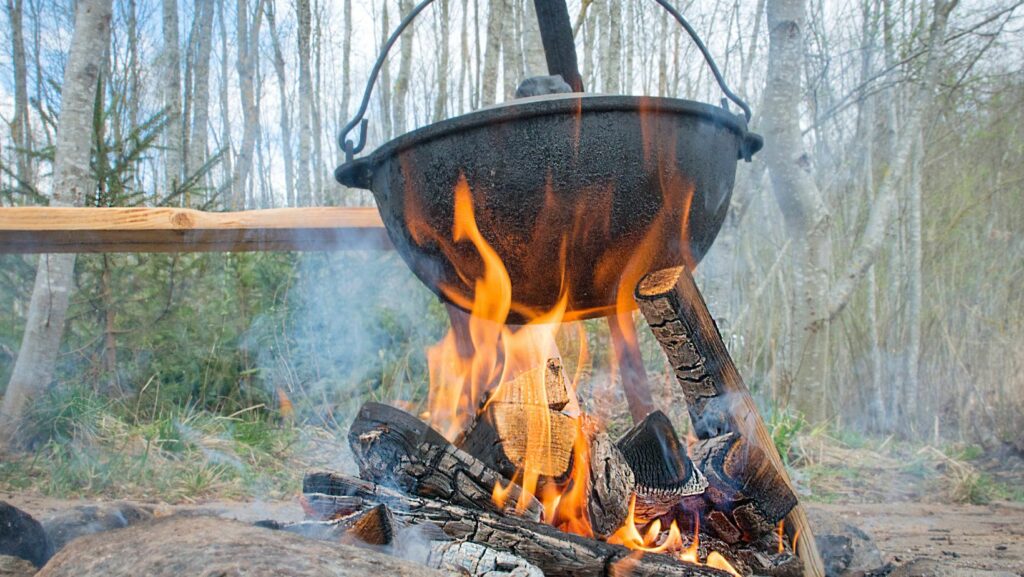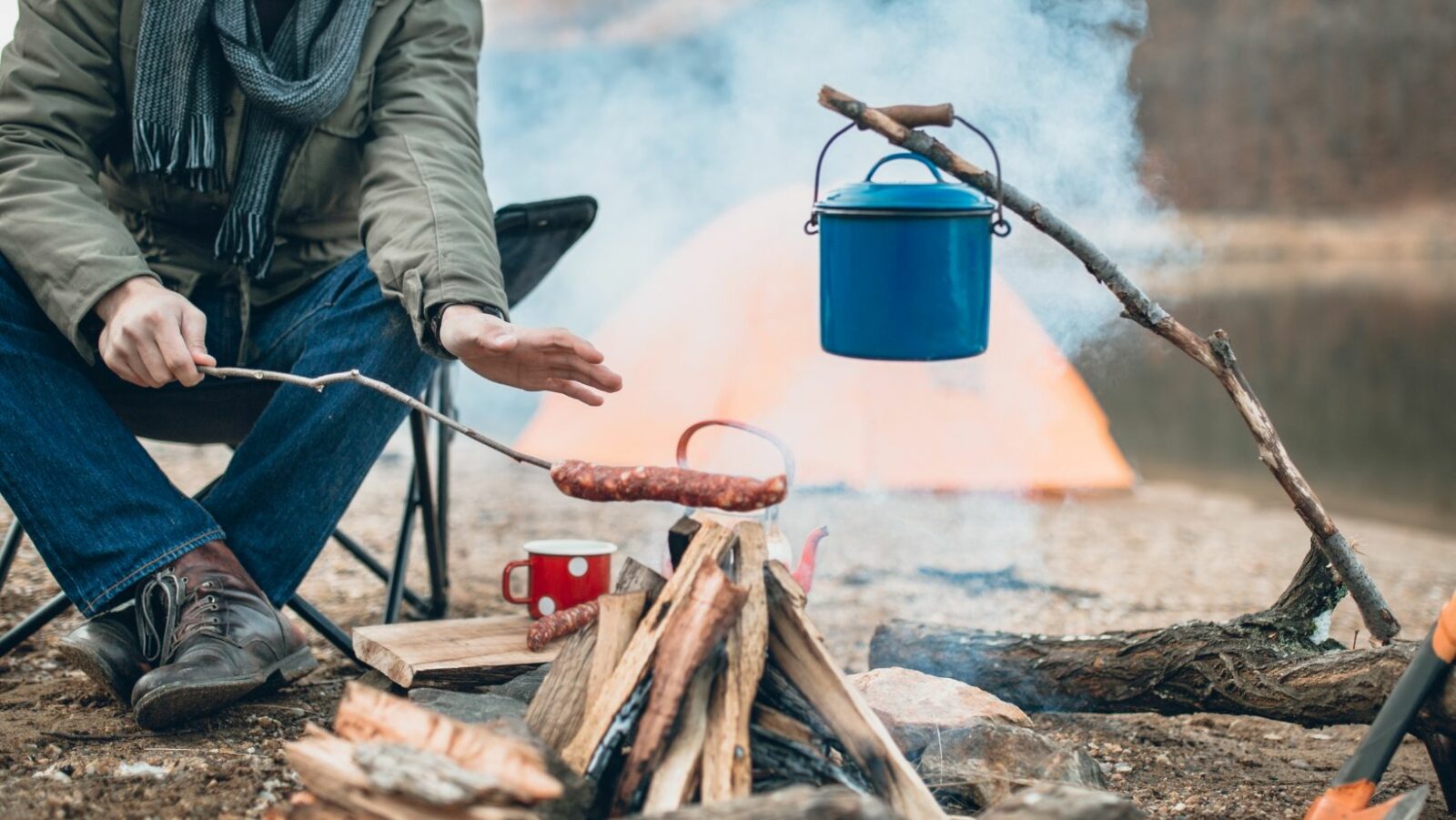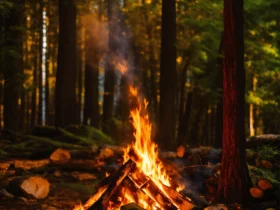When delving into the wild, wilderness cooking is an essential skill that not only satisfies hunger but also enhances the outdoor experience. Elevate your camping or hiking adventure by preparing delicious meals over an open fire.
Planning for Wilderness Culinary Adventures

Planning for wilderness culinary adventures involves careful preparation and consideration of food options, cooking methods, and safety measures. Here are steps and tips to help you plan for culinary adventures in the wilderness:
Menu Preparation: Plan meals that are simple yet fulfilling. Opt for recipes that require minimal ingredients and preparation time.
Packaging Ingredients: Pre-measure ingredients and store them in sealed containers or ziplock bags to minimize weight and waste.
Equipment Essentials: Carry lightweight and durable cooking gear such as a portable stove, cookware, utensils, and a grill or a portable fire pit for campfires.
Recipes for Outdoor Gastronomy: Satisfy Your Wilderness Palate
Here are some wilderness-friendly recipes that are easy to prepare and delicious for outdoor gastronomy:
1. Campfire Grilled Cheese Sandwich:
- Butter two slices of bread.
- Place cheese slices between the bread slices.
- Wrap the sandwich in foil and heat it on a grill or over a campfire until the cheese melts and the bread turns golden brown.
2. One-Pot Pasta Primavera:
- Boil water in a pot and add pasta. Cook until al dente.
- Drain excess water and add in dehydrated vegetables, pre-cooked chicken (if desired), and a packet of Alfredo or marinara sauce mix.
- Stir well and let it simmer until the sauce thickens and veggies rehydrate. Season with herbs or spices as preferred.
3. Trail Mix Energy Bites:
- Mix rolled oats, chopped nuts, dried fruits, honey, and a spoonful of nut butter in a bowl.
- Form small balls or bars and refrigerate until firm. These serve as a quick, energy-packed snack during hikes.
4. Foil Packet Chicken and Veggie Meal:
- Place seasoned chicken breast, chopped vegetables (like bell peppers, onions, and zucchini), and a drizzle of olive oil in a foil packet.
- Seal the packet tightly and cook it over hot coals or on a grill for about 20-25 minutes until the chicken is cooked through and the veggies are tender.
Safety Measures for Outdoor Cooking
Fire Safety: Follow fire regulations, and only cook where permitted. Always keep a bucket of water or a fire extinguisher nearby.
Food Storage: Keep raw and cooked foods separate and store them in airtight containers to prevent contamination.
Sanitation Practices: Practice proper handwashing and clean utensils to avoid foodborne illnesses.
Tips for Enjoyable Wilderness Cooking
Engage in a foraging experience by safely identifying edible wild plants if you possess the necessary knowledge, but exercise caution and consume only what you’re confident is safe. Embrace the simplicity of outdoor cooking, allowing room for creative improvisation and adaptation of recipes to suit the wilderness setting. Cooking and sharing meals outdoors fosters a sense of community among fellow adventurers, nurturing memorable experiences and strengthening bonds through shared culinary enjoyment.
Conclusion
Wilderness cooking is an art that not only sustains but also enriches outdoor experiences. By planning menus, mastering simple recipes, prioritizing safety, and embracing the culinary journey, adventurers can savor delicious meals under the open skies. From hearty breakfasts to delectable desserts, wilderness cooking elevates the outdoor experience, adding flavor and camaraderie to every adventure.







Leave a Reply